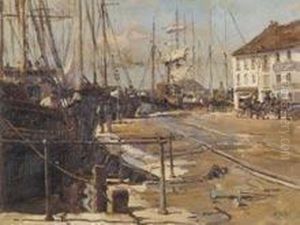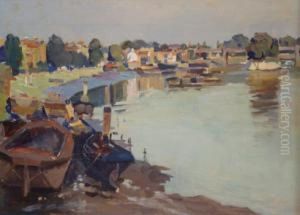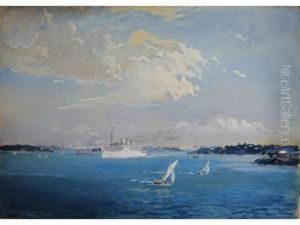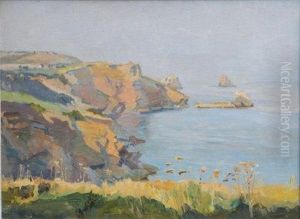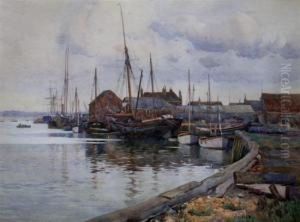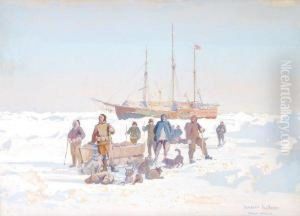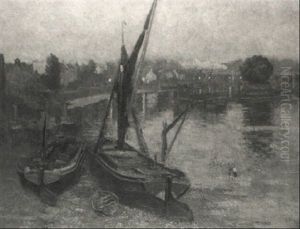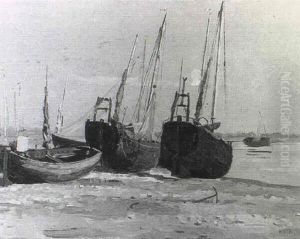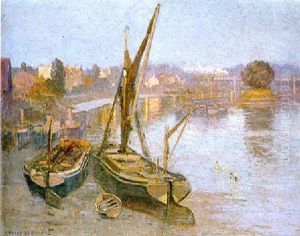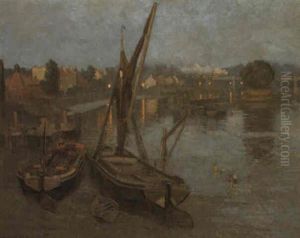Herbert Kerr Rooke Paintings
Herbert Kerr Rooke was an English artist born in 1870, known primarily for his work as a painter. His artistic journey was influenced by the late Victorian and Edwardian eras, a period when art was undergoing significant transformations due to various art movements and the impact of the industrial revolution.
Rooke received his artistic training at the Royal Academy Schools, where he developed his skills and became part of the vibrant British art scene. His style was characterized by a blend of naturalism with the academic painting traditions of the 19th century, which can be seen in his meticulously detailed works. Although Rooke may not have been at the forefront of the avant-garde movements of his time, his work reflected the solid grounding in the techniques and aesthetics that were valued during his education and formative years as an artist.
Throughout his career, Rooke was involved in various artistic circles and participated in exhibitions, contributing to the cultural fabric of his time. His landscapes and portraits received recognition, and he became respected among his peers. His paintings often depicted the English countryside, showcasing his appreciation for nature and the rural landscapes of Britain.
Despite his talent, Herbert Kerr Rooke did not achieve the same level of fame as some of his contemporaries, and as a result, his work has not been as widely remembered or studied in the contemporary art historical context. He passed away in 1940, leaving behind a body of work that offers insight into the art and aesthetics of his era. Today, Rooke's paintings can be found in private collections and occasionally appear in auctions, where they are appreciated by a niche group of collectors and enthusiasts of Victorian and Edwardian art.
